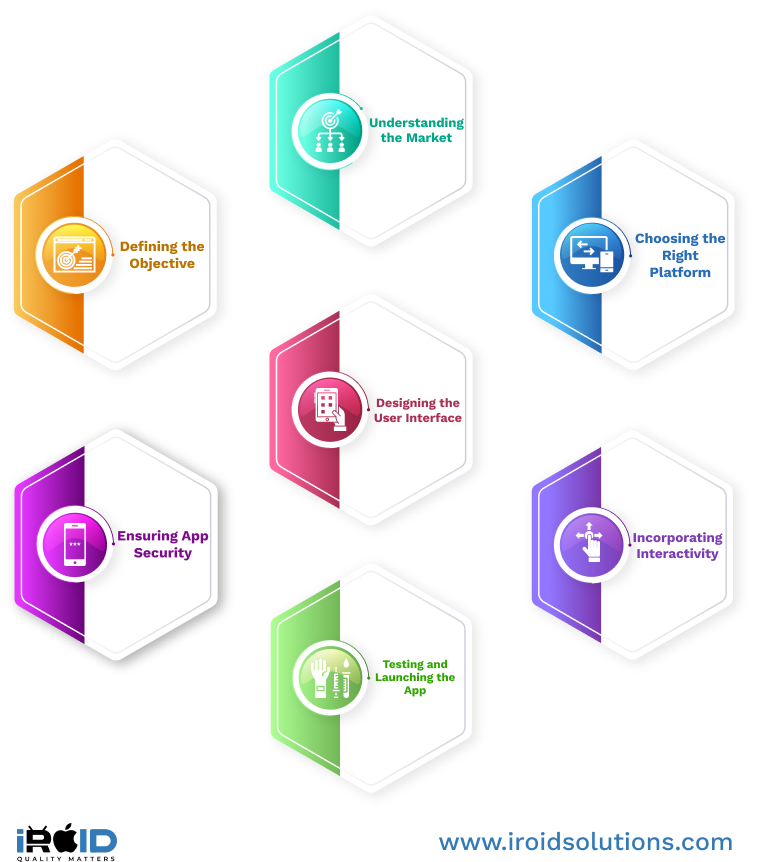Introduction
In today's digital age, education is not limited to traditional classrooms. Mobile apps have made it easier for students to access educational content anytime and anywhere. Developing educational mobile apps is a lucrative business opportunity that can help bridge the gap between traditional education and modern learning methods. This guide will explore the essential elements of developing educational mobile apps.

1. Understanding the Market
The first step in developing an educational mobile app is understanding the target market. The app should cater to the needs and interests of the users. Conduct market research and analyze the competition to develop a unique selling proposition (USP) that differentiates the app from others.
2. Defining the Objective
The next step is to define the objective of the app. Identify the purpose of the app, the content it will offer, and the target audience. Will the app offer interactive quizzes, instructional videos, or reading materials? Will it target elementary, middle, or high school students? Defining these elements helps ensure the app's success.
3. Choosing the Right Platform
Choosing the right platform is crucial in app development. Determine whether the app will be developed for iOS or Android platforms. Ensure that the platform aligns with the target audience's preferences and devices. Research the platform's features and design guidelines to develop an app that offers seamless user experience.
4. Designing the User Interface
Designing the user interface (UI) is an essential element of developing educational mobile apps. The UI should be user-friendly and visually appealing. The app's design should facilitate easy navigation and access to content. Consider using gamification elements, such as badges and rewards, to motivate students and enhance the learning experience.
5. Incorporating Interactivity
Mobile apps provide an interactive learning experience. Incorporate interactive features, such as quizzes, puzzles, and games, to promote active engagement and improve learning outcomes. The app should offer real-time feedback and progress tracking to help students evaluate their progress.
6. Ensuring App Security
Ensuring app security is crucial to protect sensitive user information. Implement robust security measures to protect the app from cyber-attacks, such as encryption and multi-factor authentication. Conduct regular security audits to identify and mitigate potential security risks.
7. Testing and Launching the App
Testing the app is crucial to ensure that it functions as intended. Conduct thorough testing to identify and fix bugs and glitches. Launch the app on the chosen platform and promote it through various marketing channels, such as social media, paid advertisements, and influencer marketing.
Conclusion:
Developing educational mobile apps requires careful planning and consideration of various elements, such as defining the objective, choosing the right platform, designing the UI, incorporating interactivity, and ensuring app security. By following these essential elements, one can create an educational mobile app that provides a seamless learning experience and fosters student engagement
Blog Related FAQs:
Recent Blog Posts
Get in Touch With Us
If you are looking for a solid partner for your projects, send us an email. We'd love to talk to you!














